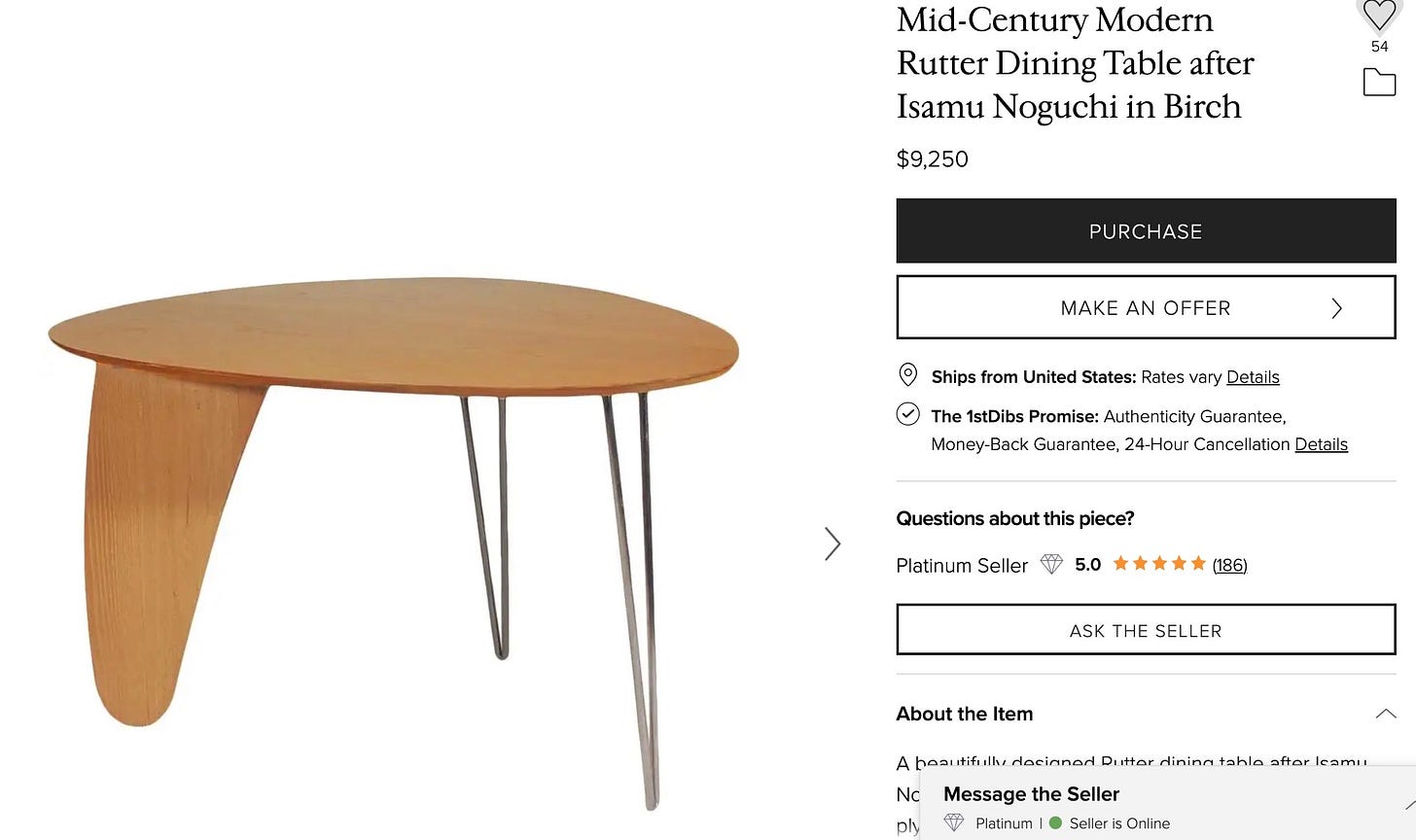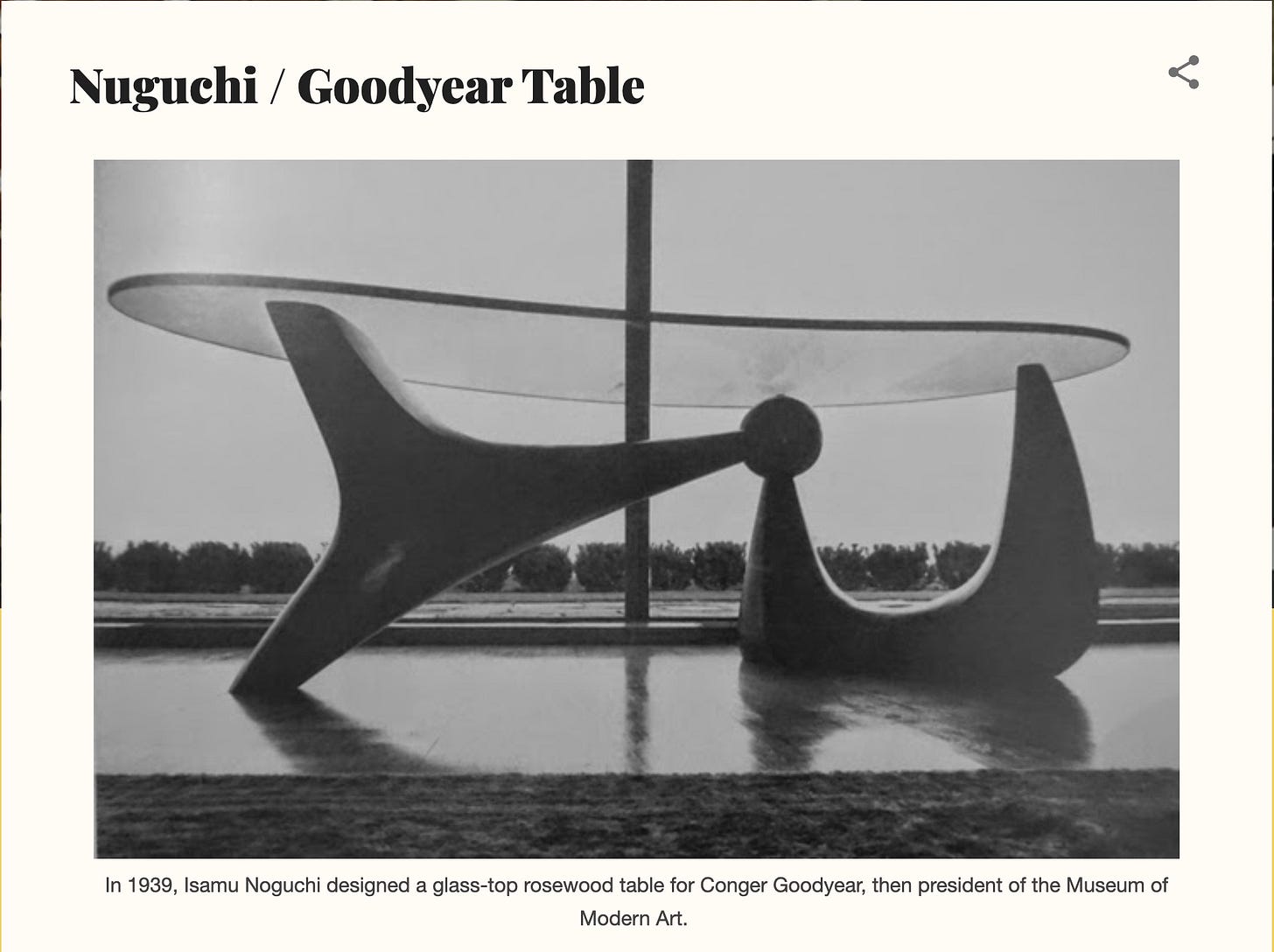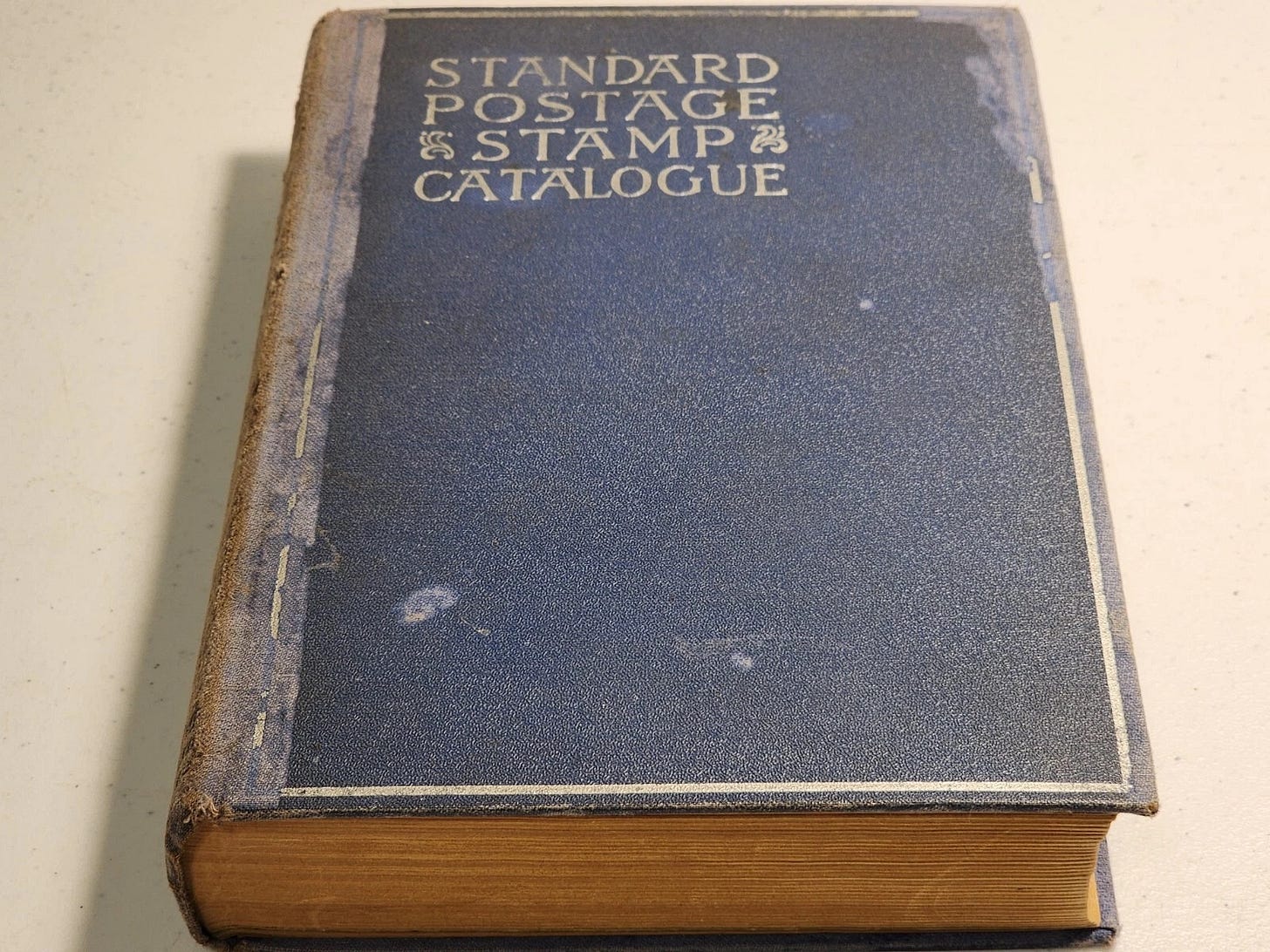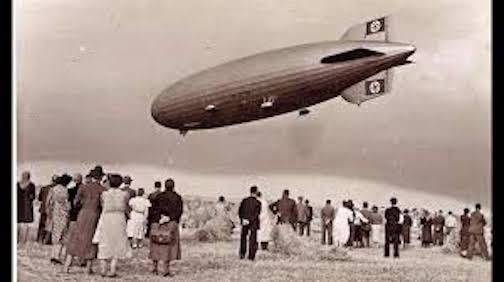Chapter 25 (first draft)
Neighborhood Vigilante
Dad and I painted the interior of our new Tremont home during August. We worked his “early” hours: 2:00 pm to midnight. I liked to go for walks to break up the tedium of painting. Dad plowed ahead, working nonstop for most of the long hours we put in.
Painting with Dad was an experience in precision. Where different colors met, he cut lines freehand that looked machine made. I tried, but produced results that Dad went back over. My blending of brushstrokes improved, but was still far below Dad’s level. Cigarette smoke and swearing followed Dad throughout the house.
I got busted at gunpoint for cutting through a neighbor’s side yard on the corner down the block from our house. Cutting through yards was a common occurrence in the small town of Mt. Carmel, but was not well received in a city the size of Evansville. I was coming back from fifteen minutes of exploring neighborhood sidewalks when a very accessible side yard opened up before me at the bottom of the hill leading up to 4430 Tremont. Cutting across it seemed like a natural thing to do. Dick Bruce thought otherwise.
“Stop in your tracks. I have you in my gunsights,” he yelled at me from the middle of the street. I stopped. He rushed me, grabbed my arm hard, and dragged me across the street. I wasn’t resisting. He was pulling me faster than I could keep up, stunned with shock and fear. His gun had a lot to do with it.
We went up his driveway and into a side door, where he commanded me “... to not move a muscle and explain myself.” Literally impossible. I stood as still as I could manage with my heart racing and body trembling. I stumbled through an explanation of Dad and me painting and my need to get some fresh air as I stared at his pistol on the kitchen table.
Then he called the police. After a brief conversation, he hung up the phone, grabbed me by the arm again, and marched me up the hill to our house, promising to show me how they did not tolerate peeping Toms. Thankfully, he left his gun at home.
Flabbergasted, I burst through our front door ahead of this guy, yelling to Dad, “This guy says I was peeping, but I wasn’t. He held me at gunpoint.”
Dick Bruce was a solidly built, aggressive bulldog of a man, apprehending a teenage delinquent and delivering this kid...me...to a new neighbor. Mr. TwoFirstNames never stood a chance. Dad tore into him like a five hundred pound Bengal tiger defending its cub. I was stunned. Bruce Dick was overwhelmed. He never got a word in. Dad shouted that there was no way I did what he accused me of, reviewed Dick’s ancestry, itemized what would happen to this man if he ever molested me or set foot on our property again, and then told him to get out of our house or Dad would call the police immediately.
I never saw Dick Bruce man again. I remembered that night every time I passed his house in the car or on my bicycle. He moved two years later. I was amazed at the raw energy Dad displayed defending me, and was particularly impressed at Dad’s threat to call the cops. Our phone had not been installed yet.
*****
Dad and I walked through The Cowling Company’s third floor, looking for furniture for our new house. “This is pitiful,” Dad said. “Looks more like a storage room than what your grandfather and I put together. He loved Herman Miller furniture as much as I did.”
“What was so good about it, Dad?”
“Design and quality. Way ahead of its time. Look at what’s left here. There are three Eames chairs and two molded wooden ones. And those Noguchi end tables,” He said, pointing to two glass top tables, each with an interlocking wooden base.
The display area was a mess with furniture and old boxes piled around haphazardly. Individual rooms had handmade, intricately constructed wooden sides that hinted at walls. More air than wood. Dad looked lost.
“You okay, Pops?” I was trying out new approaches.
“Yeah, Son. Lots of memories here. Working late nights here after your sister was born and before we moved to Springfield. Broke your grandfather’s heart, us moving away.”
“Why did you move?”
“Money. Uncle Roy would only pay me $0.75 an hour. Couldn’t raise a family on that.”
“Didn’t Grandpa say something?”
“I’m sure he did. But Roy was older and the store’s bean counter. Also, I never heard your grandfather raise his voice, ever. Whatever the reason, I never got a raise.”
“That sucks.”
“Sure does.”
“Did you build all these display thingies?”
“I did.” He smiled at me, then said, “Hey, let’s look at that table back there.” I followed Dad to the end of the third floor, near the back staircase. “Wow. I don’t believe it. It’s a Noguchi Rudder table.”
“Looks cool, Dad.” Looking through my father’s eyes, I found a new appreciation for Herman Miller furniture. I liked the designs. The rudder table was a kidney shaped polished, black wooden top with one wide wooden leg and two steel tubing legs. “Looks like it has fifteen coats of hand rubbed black lacquer.”
Dad glanced at me, surprised. “Where did...”
“Your ‘56 T-Bird. Remember when it came back from being stolen, painted that yucky green...”
“...And I had Sweepea hand sand the car and put fifteen coats of lacquer on it in the shop. Of course, I remember it. You think this table was painted that way?”
“Don’t know. Sure looks good, though.”
Dad bought the Noguchi table, a turquoise couch and daybed combo, and a long slat end table to complement his furniture from the apartment, most of which was Herman Miller. He said we could not afford to order an Eames lounge chair. Instead, he found a manufacturer making bent plywood knockoffs. He ordered a lounge chair with an ottoman and a desk chair on casters.
Dad had dark red and dark green chests at the apartment, two cabinets each. I did not know well-designed furniture from Sears household goods, but I grasped some of what Dad saw and parroted the rest.
ABOVE: Used Herman Miller Noguchi Rudder table in Birch offered for sale. Dad’s table was Ebony Stained Maple. The name Rudder Table, misspelled in the above ad, came from the wooden leg shaped like a rudder.
This link is to “The (not so) secret history of the Noguchi Table”: https://www.utilitydesign.co.uk/blog/the-not-so-secret-history-of-the-noguchi-table/ - :~:text=Authentic Noguchi Tables are made, enjoyed and loved for generations, which includes the first Noguchi Table, aka The Goodyear Table. The picture and quote below are from the article.
“Where did the original Goodyear Table end up?
The Goodyear Table, designed in 1939 for A. Conger Goodyear, then President of the Museum
of Modern Art, last sold at auction in 2014 for a staggering $4.45 million. Though not
confirmed, it is claimed that the anonymous telephone buyer was Walmart heiress and Crystal
Bridges Museum founder Alice Walton.”
Herman Miller continues to offer a line of well-designed, high-quality furniture for the home and office, including designs by Isamu Noguchi. Two links of note:
An In-Depth Look At The Mid-Century Modern Home:
Herman Miller’s current website:
https://store.hermanmiller.com/
*****
The five of us moved into the Tremont house at the end of August. Moving out of Dad’s apartment on North Main Street was interesting. “We don’t need to clean this place,” he said as we began packing up. Jan wasn’t in the mood to help very much, and though I no longer spilled my milk at dinner, I could be a clutz without warning.
“Okay.” Thought about it for a moment, then asked, “Why not?”
“The landlady hates me. Refused to fix the roof when this place floods. Said she would change the carpet when I moved out.” I remember Dad telling me about sweeping sheets of water out the front door when it rained hard. Do not know what he did to neutralize any mold or mildew, but I never smelled anything bad. ‘Course it might take a lot for a fourteen year old boy to complain about a smell.
Three years earlier, I had set out a can of frozen orange juice to defrost. Forgot about it when we decided to go to a movie. We came home to find the cardboard can had exploded in the kitchen. Blobs of concentrate coated the ceiling, ran down the walls, and behind the stove. Dad had asked me to clean it up the best I could.
As we packed up the kitchen, Dad and I noticed the OJ, now petrified, still in place on the ceiling. We left it.
Dad found mice had gotten into the drawers in his office. They had eaten the seeds he used for corn and half of the tiny corn crib itself. Broke his heart.
Dad and Kim went to Chicago over Labor Day to get married, leaving Jan, Chris, and me to fend for ourselves. Dad left us phone numbers for two of his friends in case we had a problem. Chris had her Nana’s number too. Kim’s car remained behind, but none of us drove. North Park Shopping Center was five blocks away, and although only a few years old, had enough stores to keep us fed. We had enough money from Dad to eat out every meal if desired.
Jan was seventeen, in charge, and nice to both Chris and me. We spent most of the weekend in the family room, watching television and eating peanut butter and jelly sandwiches. For exercise, we made cheeseburger and chocolate shake runs to North Park.
*****
With Dad and Kim back from their honeymoon, our family settled into a routine. Jan and I attended North High School, she a senior and I a freshman. I thought going to the same school as my big sister was cool. She did not share my enthusiasm. Step-sister, Chris, went to Holy Redeemer. Her Mom, Kim, continued her career as an operator at Indiana Bell. She parked her blue Carmen Ghia by the curb in front of our house. Dad parked the Mustang in the driveway. I didn’t think about it at the time, but hindsight has made me uneasy. Was this 1960s typical misogyny or Dad’s subconscious way of telling Kim, and therefore Chris, they were second class citizens in our home? I suspect both. No matter the reason, Kim should have parked in the driveway.
Dad decided to start a stamp business with a small inheritance from the sale of part of Great-Grandmother’s farm. He had convinced me to start a stamp collection when I was ten. I preferred shooting hoops, but time with Dad took precedence.
“Your grandfather supervised your Uncle Bob, and I collecting stamps when we were kids. We bought new stamps from the post office because our allowances were small,” he told me more than once. “We would look at pictures of the Graf Zeppelins in Scott stamp catalogues. Their history and current values were included.”
ABOVE: A 1933 Scott Philatelic Catalog and the set of Graf Zeppelin stamps in blocks of four. BELOW: A Graf Zeppelin rigid frame airship from the 1930s with description.
“These 1933 U.S. airmail stamps were issued featuring the “Graf Zeppelin” flying between the federal building at the Chicago Century of Progress International Exhibition and the Friedrichshafen, Germany hangar. This stamp was issued in conjunction with the airship’s flight to Chicago and other U.S. cities.”
TEXT FROM A CURRENT SCOTT CATALOG: “By the 1920-30s, zeppelins flew mail to the Arctic, around the world, and on regular transoceanic service. They provided vital links before airplane service was available. Between 1928 and 1937, the Graf Zeppelin carried mail from almost every country in the world on its many flights. The Hindenburg disaster at Lakehurst, New Jersey, on May 6, 1937, dramatically ended the golden era of airships and airship posts.
“Though the Graf Zeppelin stamps are beloved today, they didn’t sell well. For starters, they were only available for sale until June 7, 1930, so just over five weeks. Additionally, the stamps were issued during the Great Depression, so very few people could afford them at the time of issue.”
Dad thought collecting stamps was cool. I did too, but not for long. My feelings for my father were changing.
#
To read my previous posts, sign up for a Substack account (if you haven’t already). It’s
free and only requires your email (no cc). Unsubscribe at any time with one click.
To learn about my other books, click the link below to my author’s website.https://bccowlingbooks.com/







